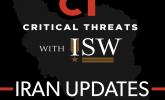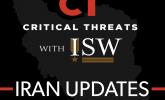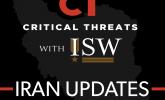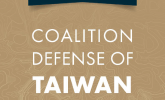Iran Update, March 16, 2023
March 16, 2023 - ISW Press
Some Iranian leaders are likely concerned about their ability to convince the population that the national Iranian identity is inextricably interwoven with the regime’s religious ideology. President Ebrahim Raisi discussed “reviving the national Iranian-Islamic identity” during a meeting with the Board of Trustees of the Iranology Foundation on March 16. Raisi reiterated the need for more “explanation jihad,” stating that textbooks should familiarize students with this “noble and proud” identity. Raisi’s emphasis on “Iranian-Islamic” being a single identity underscores his efforts to frame Islam as an intrinsic part of what it means to be Iranian. Iranian officials have similarly emphasized the compatibility of Nowrouz—the Persian New Year—with Ramadan in recent days. These two holidays—the former of which has Zoroastrian origins and the latter of which is one of the most important holidays in Islam—will overlap in 2023. Several regime officials have argued in recent days that there is “no conflict” between these holidays and that Nowrouz and Ramadan festivities can take place simultaneously.









